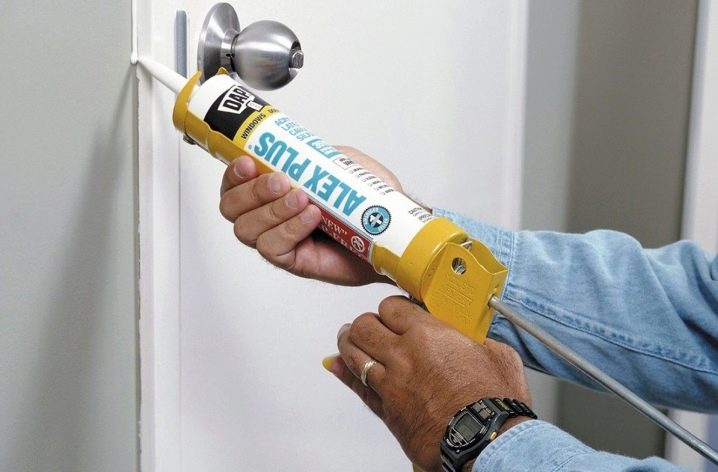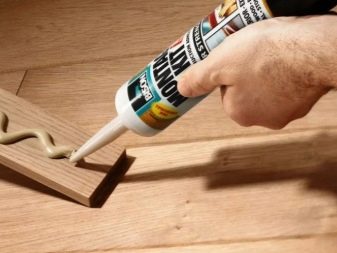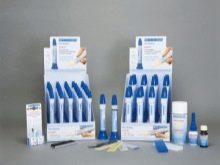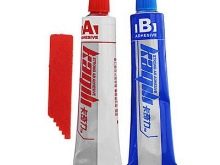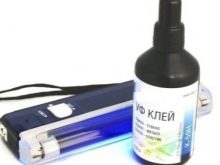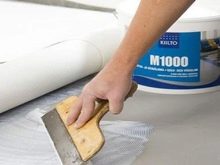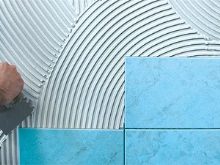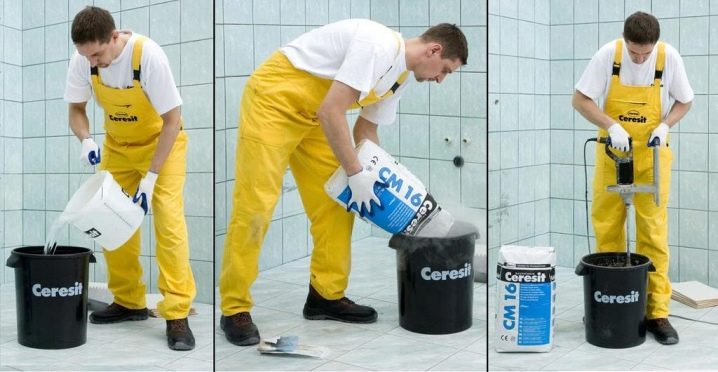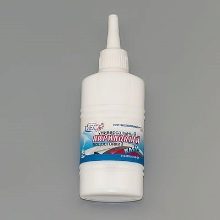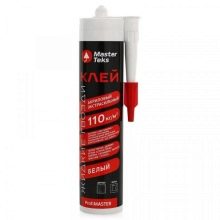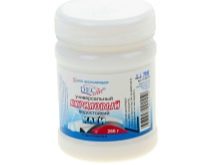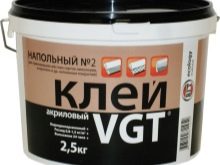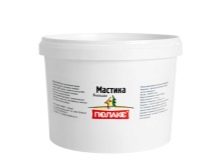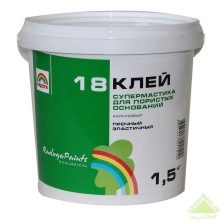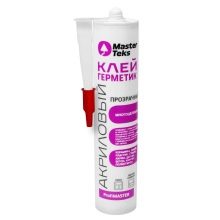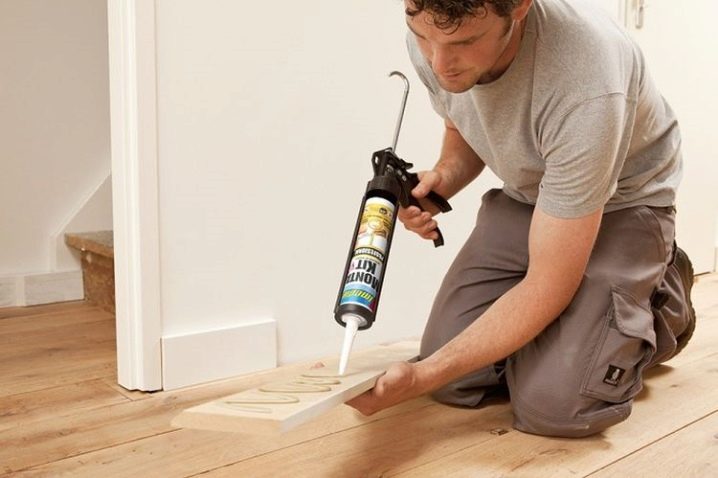Acrylic adhesive: characteristics and application
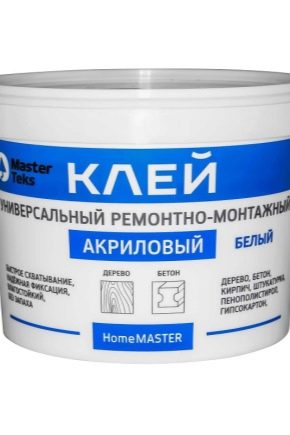
Acrylic glue has now managed to gain universal acceptance as a universal means for fastening the majority of various materials. For each type of work can be used certain varieties of this substance. To navigate the choice of this composition, it is necessary to consider in detail what acrylic glue is: characteristics and applications in various fields.
What it is?
Current acrylic adhesives are a suspension of certain polymers dissolved in water or in organic compounds. In the process of gradual evaporation of the solvent with the polymer, some modifications occur, which leads to solidification of the substance and its acquisition of particular rigidity.Depending on components which are a part, this glue can be used in various spheres for certain purposes.
The most common application area is constructionas the substance can hold most building materials together, including metal, glass and even polypropylene surfaces. The main characteristics allow it to be used in industrial production, as well as for domestic purposes, and the adhesion will be strong and reliable regardless of the conditions.
The main advantages of acrylic adhesives.
- Easy to use. Uniform distribution over the entire bonding surface and quick setting.
- Very high adhesion with any materials. Such properties allow the use of glue on uneven surfaces.
- Moisture resistance, as well as ensuring a good level of tightness. A huge plus is the resistance to weathering associated with bad weather conditions.
- High level of elasticity.
In the process of working with various types of mixtures were identified and the disadvantages of this glue. One of the most common drawbacks is the lack of thickness of the applied glue line. It is important to understand that, of all types, only latex acrylic glue has no pronounced smell and is non-toxic. All other varieties are to some extent toxic and have a sharp unpleasant odor. Prolonged handling of adhesive without respiratory protection may damage mucous membranes.
It should be remembered that there are a large number of fakes, made in non-compliance with GOST, they should beware. It is necessary to acquire this material exclusively at specialized points of sale. Only properly selected acrylic glue will provide a strong, reliable and durable connection of parts.
Types and specifications
The adhesive in question is made from a synthetic substance - acrylic. Compositions based on it can be one-component and two-component. The first are substances that are already ready for use; in the second case, the composition must be diluted with water.
According to the main substance and the method of hardening, acrylic-based adhesives can be of several types.
- Cyanacrylate adhesive has a single component transparent composition and is used for various materials. It is characterized by a very fast setting.
- Modified acrylic adhesive - a mixture of acrylic and solvent is widely used in construction.
- Acrylic composition, hardening only under the influence of UV waves of the required length. It is used for gluing glass, mirrors, screens and other transparent materials.
- Acrylic latex-based glue is the most popular, odorless, absolutely harmless and fireproof. This is the most versatile repair and assembly composition that can link any textures. Therefore, it is used when laying linoleum and other floor coverings. Due to its water resistance, it is used in bathrooms and other places with high humidity.
- Water-dispersion acrylic adhesive has the safest composition, hardening after evaporation of moisture.
- Acrylic glue for tiles is used for fixing ceramic tiles, artificial flexible stone, quartz sand and other facing materials.
Packing
Acrylic-based adhesives can be sold in the form of dry formulations and already in finished form. Dry mixes are packaged in bags weighing from 1 to 25 kg. This product is mixed with water, brought to the required consistency and applied as intended. The use of this mixture is 20-30 minutes, so you should dilute the composition in parts depending on the area of the treated surface.
Ready-made acrylic blends are much more convenient to use, do not require dilution and mixing. Unused composition can be stored for a long period of time in a container with a tightly closed lid. Depending on the type of glue, ready-made formulations are sold in tubes, bottles, cans, and barrels.
Famous brands and reviews
The most famous brands of acrylic compounds, with a lot of positive reviews, are several manufacturers.
- DecArt Acrylic Adhesive - it is a universal waterproof substance having a white color in a liquid state, and when drying it forms a transparent film; applicable to all materials except polyethylene;
- Contact water dispersion glue VGT designed for bonding smooth non-absorbent surfaces, including polypropylene and polyethylene;
- Mastic glue "Polaks", having an acrylic water-dispersed composition, is intended for gluing plates, parquet and other facing coatings;
- Glue ASP 8A has high internal strength and excellent resistance to various detergents;
- Universal mounting acrylic glue Axton reliably fixes products from wood, gypsum and polystyrene;
- Acrylic glue "Rainbow-18" used for gluing almost all facing materials, including drywall, wood, concrete and other materials;
- Acrylic adhesive sealant MasterTeks designed to seal a variety of materials used for indoor and outdoor use.
Selection and application
It is necessary to acquire the composition, based on the goals and place of use. For household needs, it is better to buy a universal acrylic adhesive. It has the widest spectrum of action and is rather uncomplicated to use.
In any case, the selection should take into account the following factors:
- terms of use of the composition (for interior or exterior use);
- temperature parameters during installation, as well as the range of these indicators during operation;
- the area and structure of the surface to be treated (for smooth surfaces the consumption will be less than for porous ones, for example, concrete);
- compliance of the properties of the adhesive used with atmospheric influences (moisture-proof, fireproof, and others);
- types of bonded materials (of the same or different type).
Before use, be sure to read the instructions that are attached to the package. All further manipulations should be performed in strict accordance with this information.
Tips
The main requirement when using acrylic glue is to comply with safety regulations, even if it is a harmless composition.
- The presence of personal protective equipment is a mandatory item of work with this substance.
- Surfaces that require bonding should be prepared for applying the composition, remove dust, dirt and other contaminants, that is, clean the old finish and thoroughly degrease with alcohol or solvent. Sometimes it is acceptable to use a primer. In addition, the parts to be glued must be dry and dense, not contain loosely fixed elements. Glossy surface is treated with a fine abrasive.
- Works are carried out at a temperature of + 5º - + 35ºС, excluding direct sunlight.
- The dry mixture must be diluted in strict accordance with the instructions, preferably with water at room temperature.
- Excess mixtures that appear on the surface should be immediately cleaned with a dry cloth, otherwise it will be very difficult to wash off the glue after drying.
How to apply acrylic glue, described in the video.


